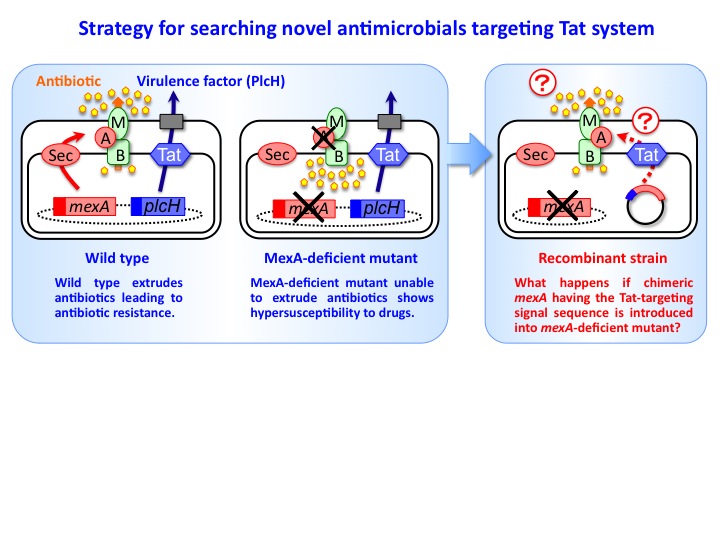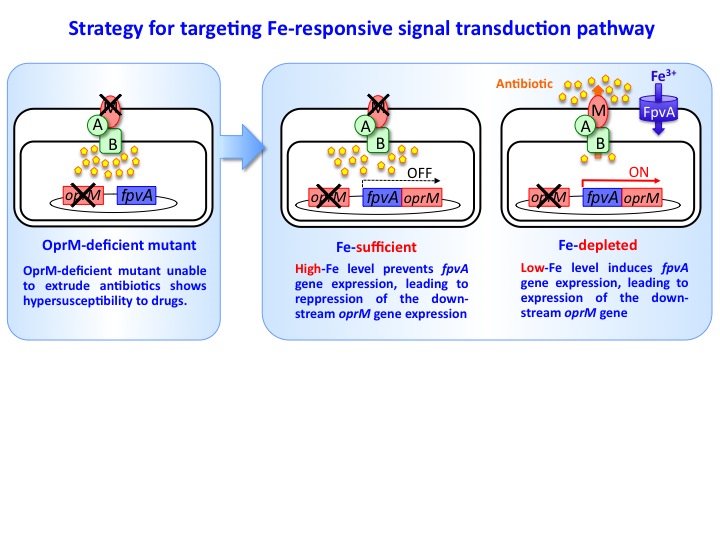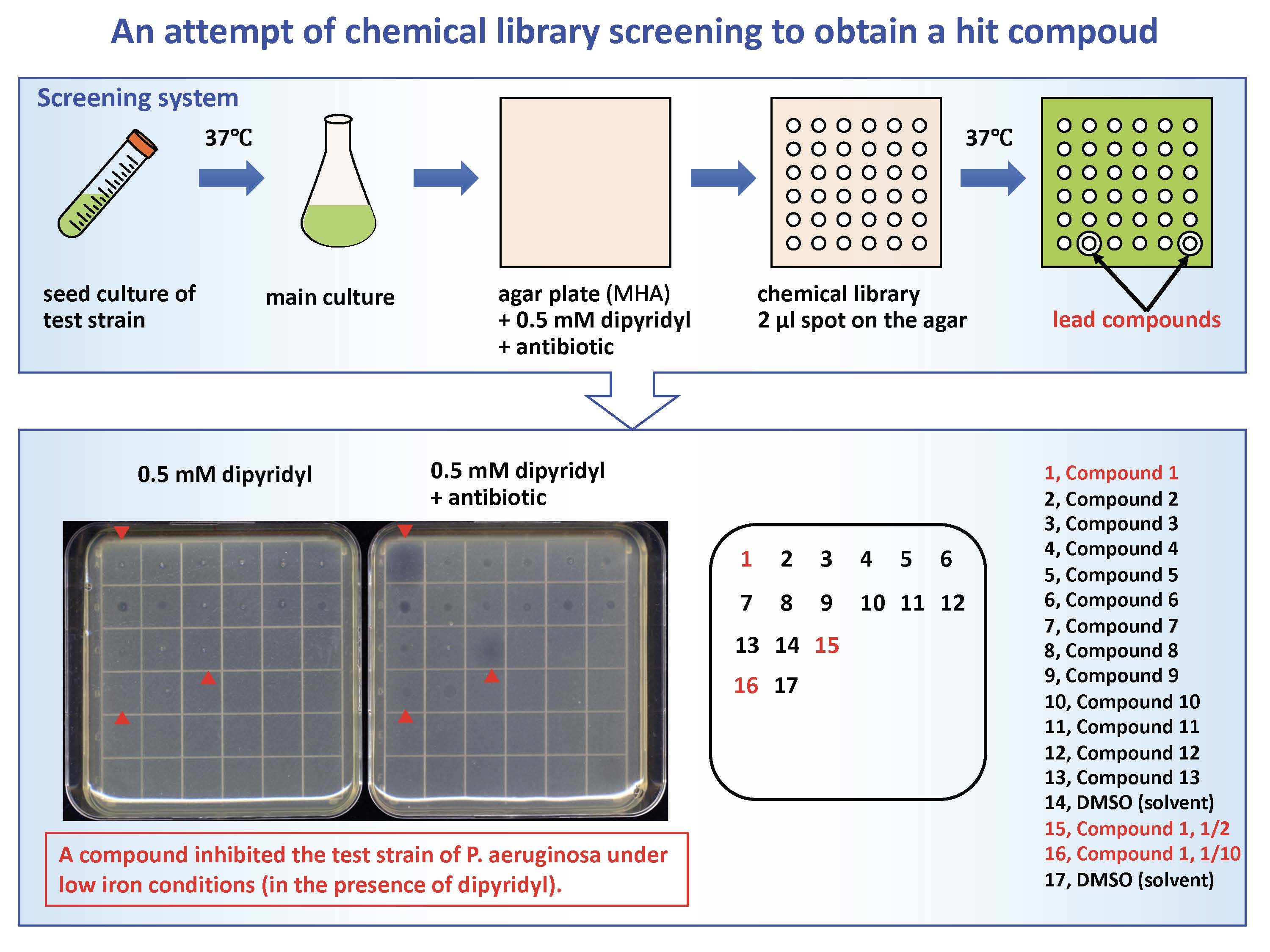 Novel high-throughput screening systems for new antibiotics targeting bacterial virulence factors
Novel high-throughput screening systems for new antibiotics targeting bacterial virulence factors
update:2020/06/16
- Features and Uniqueness
-
- Chemotherapy toward bacterial infection, which dates back to the discovery of penicillin, opened up the golden era of antibiotics. Thereafter, various clinically important antibiotics were introduced into the clinic, and hence serious bacterial infectious diseases were eradicated. However, this ephemeral hope has been disappearing due to the emergence of antibiotic resistant pathogens toward every new antibiotics launched into the clinic, such as multidrug-resistant Pseudomonas aeruginosa, methicillin-resistant Staphylococcus aureus (MRSA). To combat these life-threatening pathogens, there is a pressing need to develop new antibiotics. However, new antibiotics discovered in the future will be nullified by development of resistance to these antibiotics, since their targets are essential for bacterial survival. From this aspect in which inhibitors of the essential functions inevitably select resistant mutants, bacterial virulence could be a fascinating target for developing new antibiotics, because virulence attenuators are thought to be less likely to generate resistance. We focus on a novel protein translocation system, Tat, since this system appears to be involved in several aspects of bacterial virulence and is not present in mammalian cells, and iron-metabolism-associated system as novel targets for development of their inhibitors. We hope to conduct collaborative research with a willing company for a practical application of this technology in industry.
- Keywords
Researchers
Graduate School of Agricultural Science
Hiroshi Yoneyama, Professor
Ph.D. (Doctor of Medicine)


 Medical
Medical
 Life Sciences
Life Sciences
 Information Communication
Information Communication
 Environment
Environment
 Nanotechnology / Materials
Nanotechnology / Materials
 Energy
Energy
 Manufacturing Technology
Manufacturing Technology
 Social Infrastructure
Social Infrastructure
 Frontier
Frontier




